Last Updated October 7, 2022
TireHungry.com is reader-supported. When you buy through links on our site, we may earn an affiliate commission at no added cost to you
As a website all about tires, rims are pretty important to us. Not only will a nice new set of rims make your vehicle look awesome or beautiful, but they also affect how your vehicle handles and feels on the road. Or maybe you got some new tires you want to slap on your rims, how much would all this cost?
Typically, a rim installation will cost you around $10 – $20 per wheel which means it will cost you between $40 and $80 in total. If you are getting a brand-new set of rims, however, you could be spending as much as $150 on the cheap and over $1,000 if you want something custom.
What Should I Look for When I Get New Rims Installed?First of all, you have to make sure you are picking the correct rims for your ride. A lot of people want to go with bigger rims because they look good, but this can cause issues. You are going to want to pick a rim with the same dimensions, but what are these dimensions?
If you do not want to make any additional modifications to your vehicle you should stick with the same overall diameter. If you use a different overall diameter you will need to change your aspect ratio or else you run the risk of damaging your transmission.
If you are getting new tires with your new rims, as is mostly the case, you could get lower-profile tires so that the overall diameter is maintained. Low-profile tires come with their own problems though, namely a higher level of vibration due to uneven road surfaces.
Low-profile tires are also going to cost more, in both upfront costs and maintenance. The best thing to do is to just keep the same, recommended wheel diameter.
WidthIt is important to remember that with all these dimensions have been calculated by the vehicle manufacturers to provide you with the best performance your vehicle can deliver.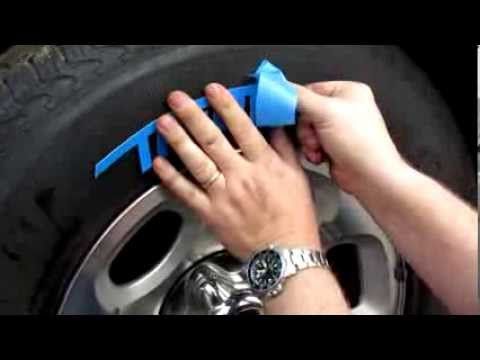 Some people want wider wheels for looks, but there are some serious issues with wider tires.
Some people want wider wheels for looks, but there are some serious issues with wider tires.
Firstly, the weight of your vehicle is distributed over a larger area. This sounds good, but in fact, it increases the risk of hydroplaning because there is less pressure per square inch between the tire and the road.
Secondly, because the wheel comes out further from the wheel bearing, the angle is changed. The change in angle will do damage to the wheel bearing over time, which will not only cost you more but can also cause a dangerous situation.
OffsetOffset is the term used to describe the location of the mounting surface in relation to the centerline of the wheel. Offset is important because it will also mess with your bearings and if you have an overly negative offset the wheel could start touching the chassis or other parts of the vehicle, especially the steering wheels.
BackspacingBackspacing and offset are similar to one another, however; backspacing takes wheel width into account as well. It is measured from the inside lip of the wheel to the mounting surface. Backspacing is important to keep the correct amount of clearance between the inside sidewall and the rest of the vehicle, similar to negative offset.
It is measured from the inside lip of the wheel to the mounting surface. Backspacing is important to keep the correct amount of clearance between the inside sidewall and the rest of the vehicle, similar to negative offset.
The bolt pattern is more than just counting the number of bolts for your wheel. You also need to know what the spacing is. Bolt pattern is determined by two numbers, “5-on-5” for example. The first number is the number of bolts or lugs, the second number is the diameter in inches of the bolt circle.
The bolt circle is the circle you can make by connecting the bolts. Alternatively, you could measure from the center of one bolt to the center of the wheel hub to find the radius. Then just multiply the radius by two to find the diameter.
Load RatingThe load rating is straightforward, it is the amount of weight the wheel can carry. The more bolts there are and the bigger the bolt circle is, the more load a wheel can take.
This is why some larger offroad vehicles will have many bolts in a large circle compared to a small city compact. Furthermore, the type of material the rim is made of will also impact the load rating.
Center BoreCenter bore is a critical element when you are using hub-centric wheels, and for fitting over full-floating axles, and locking hubs.
Bead SeatBead seat is likely only going to matter to you if you like off-roading with extremely low tire pressures. The bead seat keeps the tire on the wheel, the higher and wider the bead seat, the lower you can go, pressure-wise.
Some serious off-roaders use beadlocking wheels. This adds a mechanical clamping bead that holds the tire on the rim. Allowing the tire to stay on the wheel even if the pressure reaches zero. If off-roading interests you, Goodyear offers some of the best off-road tires.
What Are the Cost Factors When Looking for New Rims?As long as you stick to the recommended dimensions for your vehicle the main cost factors are going to be brand and material.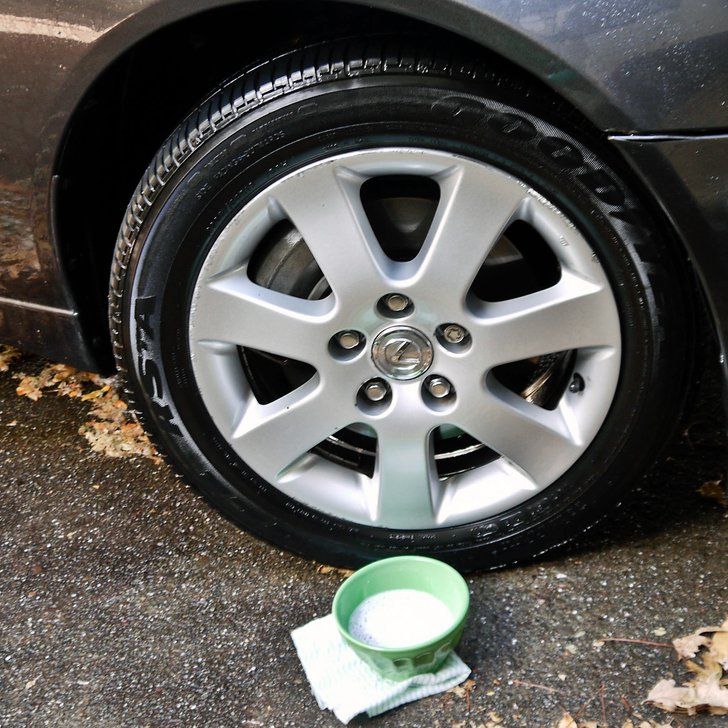 Additionally, you probably want to get some new tires with your new rims, in which case, tires will also affect the overall cost. As far as tires and costs go, remember you get what you pay for, so try to avoid the super cheap tires.
Additionally, you probably want to get some new tires with your new rims, in which case, tires will also affect the overall cost. As far as tires and costs go, remember you get what you pay for, so try to avoid the super cheap tires.
As I mentioned, depending on the type of material the rims are made of will determine the cost of the rim. The cheapest set of rims can go for as little as $90 up to and above $1,000. Below is a list of cheaper rims of different materials.
America’s Tire often has good rims at affordable prices, just make sure all your dimensions are accurate.
ConclusionSimply fitting your tires to rims is quite cheap; $10-$20, I got mine fitted for 13 bucks.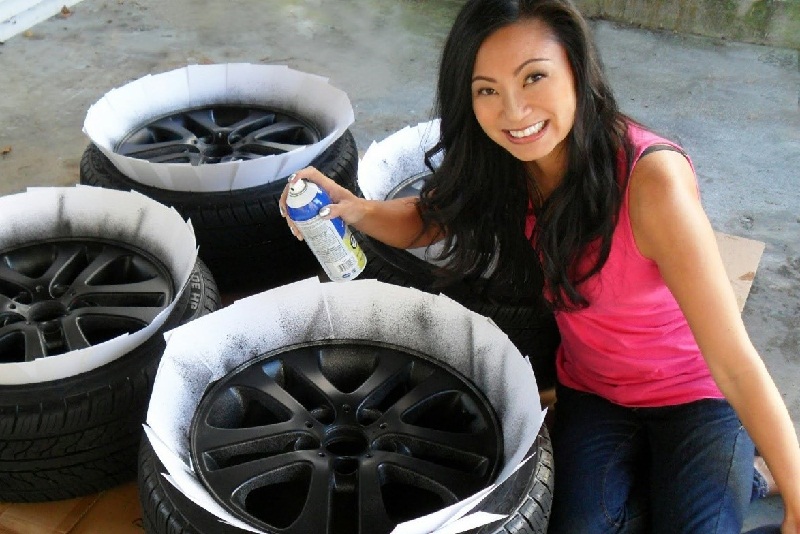 Where cost becomes a real factor is if you buy a new set of rim or tires. Furthermore, it is important that you fit the right size equipment on your vehicle.
Where cost becomes a real factor is if you buy a new set of rim or tires. Furthermore, it is important that you fit the right size equipment on your vehicle.
Top Tire Retailers
Rims are one of the most important aspects of a car. They not only enhance the appearance, but they can also improve performance by allowing for better handling or stability in wet conditions.
On average, new rims cost $289. However, you can get cheap rims for as low as $50 and as high as $500. Size and material are two major things that affect the cost.
Additionally, style is a major factor affecting the price of new rims. You’ll want to shop around before making any final decisions if you want to get the best deal possible!
Quick Navigation
 Aftermarket
AftermarketThe cost of a rim depends on the material used to make it, with steel rims being the cheapest and titanium rims being the most expensive. Aluminum alloy rims are somewhere in between, depending on their design and size.
In general, steel rims range from around $50 to around $125+ per rim, while aluminum alloy costs around $125 to approximately $500+ per rim.
Titanium rims have the highest price range between $300 and upwards of $1,000+ per rim, depending on their size and design.
The installation cost of your rims generally depends on where you get them installed. A local tire shop should be able to install your new rims for around $20-$40 per wheel, while if you go to a larger dealership, they might charge up to $100+ depending on the labor involved in the job.
Pro Tip: If you are looking for new rims of a specific size, it is always best to check with the dealership first since some companies require that you have their rims installed within their network.
This can result in having to pay more money for the installation.
Tire Balancing CostGetting new wheels usually means you are getting new tires. The tires will have to be mounted on the rim and balanced with special equipment.
Usually, this is included with the price of new rims and costs $10- $30 per wheel, depending on where you get it done.
Pro Tip: If you buy used rims, make sure to check with the owner if any tire balancing has been done before and what is included in the sale (rims and tires).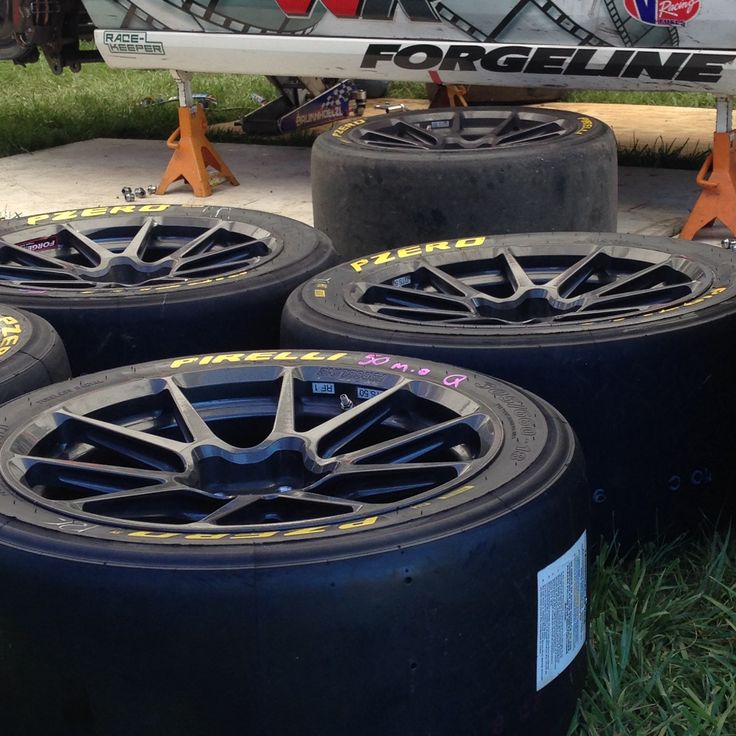 This will give you an idea of the balancing cost.
This will give you an idea of the balancing cost.
When tires are fitted to a new rim, they have to be aligned with the rest of the vehicle. If not, this wears out your tires faster and raises fuel consumption.
A wheel alignment typically costs around $50-$100. Make sure to budget for this when you buy new rims.
Painting Your RimsSome people like to add some extra flair or appeal to their rim by getting custom paint. You can paint the whole thing or just part of the rim.
It will typically cost you around $50 – $75 per rim for this job if you take it to a professional. You can save money if you do this yourself but do your research first before taking on the job.
Dipping is a newer trend that people have been using to customize their rims.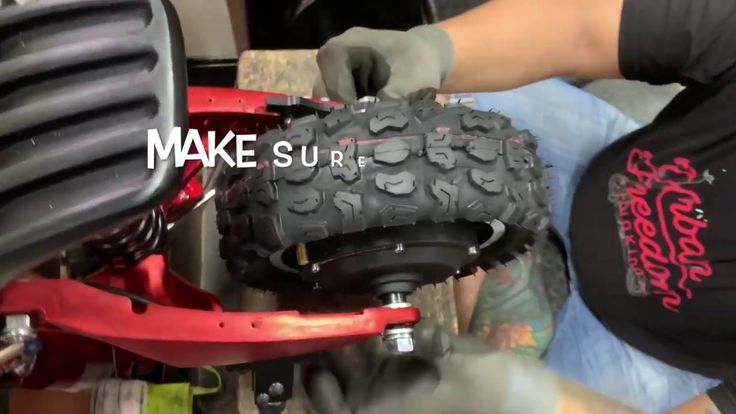 The process involves having your rims dipped in a paint-like product that changes their color.
The process involves having your rims dipped in a paint-like product that changes their color.
Professionals usually do this, and the cost can vary depending on where you get it done. It can range from $50 -$100+ per rim if you have them dipped at a local shop, or it may be more expensive if you take them to a dealership.
The rims must be disassembled before they are dipped, so expect to dish out more cash, depending on where you get the dip done.
Pro Tip: If you opt for this, make sure the place offers a warranty so you can have them re-painted if there are any issues with the color.
Rim Size Matters!As with most car parts, the size of your rims does matter when it comes to how much they will cost you. The two main diameter measurements are 15″ and 16″. Rims smaller than 15″ tend to be cheaper since their material is not as expensive, but the larger size (15X8) tends to have more benefits.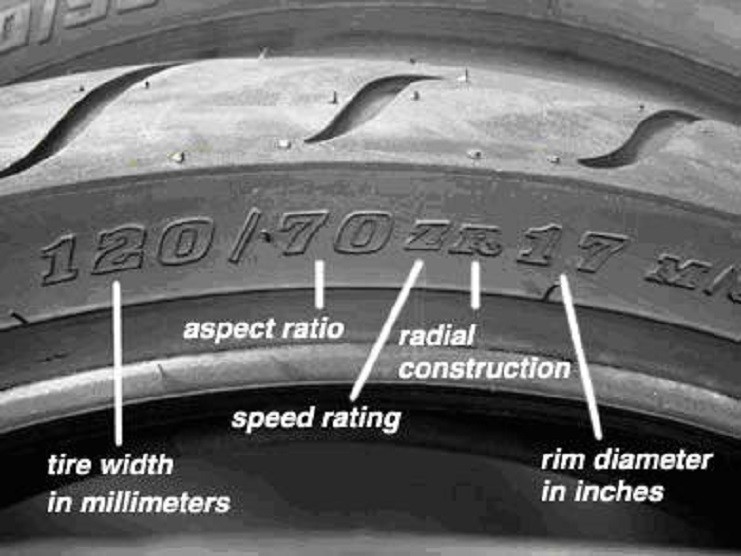
The average cost of a 15″ rim is around $50-$100, while the average cost of 16″ rims is between $200 and upwards of $300. 18″ Rims are also a popular size and will cost you anywhere between $200 and upwards of $500.
Rims that are 16″ or larger tend to be more expensive due to their design and the material used in the overall product. The drawback is that they might not fit certain vehicles as well, depending on how much space you have between your tires and the fenders/hood of your car.
So if you want to save some money, it’s recommended that you go for smaller rims where the size is closer to 15″ or 16″. The bigger sizes are great if you want your car to look sporty and unique!
Pro-Tip: When shopping for new rims, don’t forget to check your vehicle’s bolt pattern. Most cars have either a 5 or 5.5″ bolt pattern, which is either equal to or closer to a 15X4.5 rim and a 16X7.5 rim, respectively.
OEM vs. AftermarketWhen shopping for new rims, it’s crucial to know the two different types: OEM (original equipment manufacturer) and Aftermarket.
These are made specifically for your car by the original company that designed and built it. They offer the best alignment and fitment with your vehicle, but at a cost.
OEM rims average anywhere from $200 to over $2000+ per rim, depending on their size and material.
Aftermarket RimsThese are made for your car, but not by the original company that designed and built it. They offer less quality, fitment, and alignment than OEM rims but at a more affordable price.
Aftermarket rims will cost you anywhere from $75 to over $500+ per rim.
Rim MaterialToughness and durability are two of the most critical factors in a rim since they need to withstand rocks and other road hazards.
The most significant advantage an alloy rim has is its lightweight ability. Alloy rims are created with a mixture of aluminum, nickel, or zinc molded into a single structure. Alloy rims can cost $50 – $200 and above.
It’s also more resistant to corrosion and heat than other types of metal, with the only major downside being its tendency to bend or dent, so it requires regular care.
Cast Alloy RimsCast alloy rims are made of aluminum, magnesium, and zinc, including chromium or nickel, for additional strength. They are resistant to rust, which is why they are the most popular option for alloy rims.
Cast alloy rims cost anywhere between $75+ to around $400, depending on their design and size. Cast alloy rims are more likely to bend or warp over time due to constant heating and cooling from driving on them.
Steel RimsSteel rims are a mix of iron and carbon, making them the most inexpensive type of rim. They are also the least likely to bend or warp, but they tend to rust and can corrode over time if not taken care of properly.
They are also the least likely to bend or warp, but they tend to rust and can corrode over time if not taken care of properly.
Steel rims will cost you anywhere from $50 to around $125.
Stainless Steel RimsMade from a mix of iron, carbon, chromium, nickel, and manganese, stainless steel rims are strong and resistant to corrosion but not as lightweight as alloy rims. These beautiful rims can cost from $50-$500+.
Aluminum Alloy RimsAluminum alloy rims are made with a mix of aluminum, magnesium, and zinc for increased strength over cast alloy rims. Like cast alloy rims, they’re also more likely to warp or bend than steel rims.
These rims average anywhere between $125 to over $500.
Titanium RimsTitanium rims are the strongest and most expensive types on the market today. A mix of titanium and aluminum helps with their weight and resistance to corrosion.
The only major downside is their tendency to rust over time—titanium rims, on average, cost anywhere from $300 to over $1000+.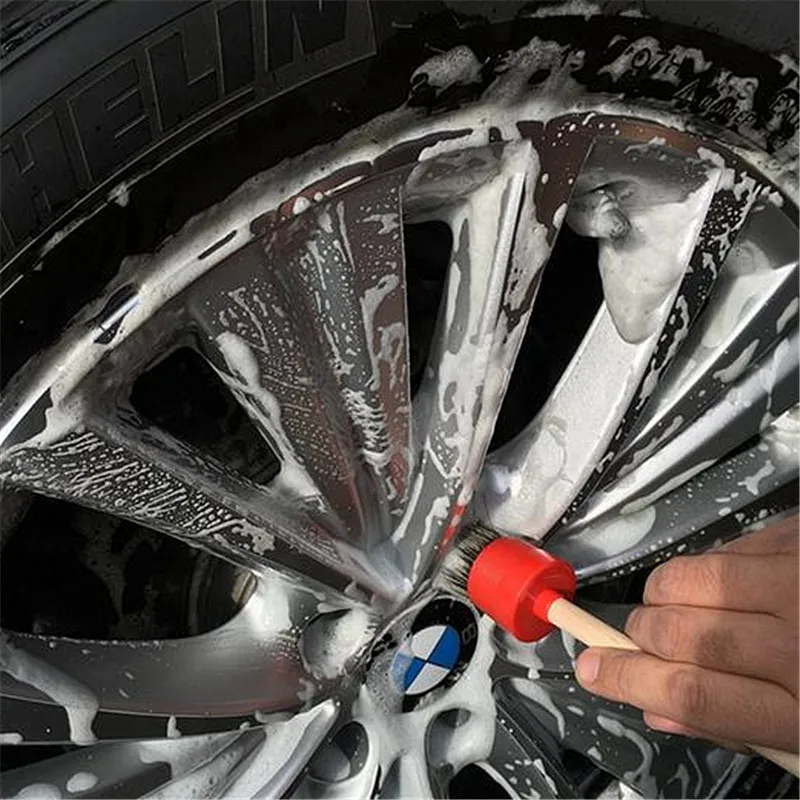
Rims come in various sizes, with the most common options being 16, 17, and 18 inches. The most popular option tends to be 16-inch rims since they’re the least likely to cause damage to tires or result in speedometer issues.
Designs range from a variety of plain styles to stylish options with complex designs. The more complex the design, the higher the price usually is.
The most popular types include:
5-spoke designThese have a simple and elegant appearance that complements many car models. They’re perfect for those who want a sporty yet professional look.
Split-spoke designThese have a three-dimensional appearance that looks especially attractive on luxury vehicles. They’re known for being stylish and elegant, but they’re also more expensive than other types of rims.
Multi-spoke designThese have a complex and unique look with three to five curved edges. They’re recommended for those who want a sportier and exotic appearance.
These have a more expensive but stylish design with two or more spokes that meet at the center. It’s similar to the multi-spoke style, but they’re also more durable due to its complex design.
D-spoke designThese have a similar appearance to Y-spoke rims with two or more spokes that meet at the center of the rim. They’re mostly used on vehicles that need increased stability, which is why they are usually recommended for hybrid cars and trucks.
Tapered-spoke designThese have a unique two-tone appearance that looks especially attractive on luxury cars. They’re known for having high durability, but they’re also more expensive than other types of rims.
Centre-cap designThese are the most common type of rim with an attractive center cap that covers up the wheel bolts and lug nuts. They’re prevalent in luxury cars since they provide a more elegant and sophisticated appearance.
Tips for Getting a Good DealThe best way to get the most bang for your buck is to shop at a reputable automotive store that offers a wide range of rim styles and brands.
At the same time, you should keep in mind that just because a rim is more expensive doesn’t necessarily mean it’ll last longer than other options, so don’t overspend and choose wisely!
When looking at prices, remember to consider all additional costs such as installation fees, shipping fees, and taxes when making final decisions.
It’s also important to know your rim size before shopping around since it can influence the cost of several things, including installation fees.
Some stores may require you to pay extra for new lug nuts and center caps, so keep that in mind if they offer different options.
And finally, when it comes to deciding on a brand or style, you may want to test out multiple types to determine which one will look best with your car.
After all, if you’re going for a specific look, then it’s probably wise to pay a higher price so that the rim is exactly what you need!
The first step to maintaining a positive relationship with your new rims is to purchase a set of locking lug nuts. These will cost you $3-$5 per lug nut, but they’ll prevent wheel theft which can be a real pain if your rims are expensive.
For example, the difference between locking and non-locking lug nuts is that it takes longer to remove them. This gives thieves less time to steal your wheels!
You may also want to get rim cleaner to keep those shiny rims looking new. A cleaner can range from $7- $25 depending on the brand you choose, but it’s essential to maintain your rims with this because dirt and grime can damage them over time.
Rims are one of the first things most people notice on a car. They play a significant role in how your vehicle looks and how it will handle different road conditions.
They play a significant role in how your vehicle looks and how it will handle different road conditions.
But when making a purchase, there are several things you’ll need to consider: the size, the material, and finally, how much they cost.
At the end of the day, you’re going to want something that looks good and works well. And in most cases, it’s wise to be prepared for extras such as installation fees or any additional costs. And when shopping around, don’t forget about all the different factors! You may be interested in the black rims cost.
Consumer disputes over the age of tires have not subsided for several seasons. Buyers are excited that the warranty period for tires is limited to 5-6 years according to GOST, and after the expiration of this period, the rubber becomes unusable.
Is this really the case, read this article.
Manufacturers of most brands on their products set Shelf life is 5 years and service life is also 5 years .
The shelf life of a tire is the period during which it retains its performance when properly stored.
The end of this period does not mean that the tires have become unusable . A shelf life of 5 years is given by manufacturers because, by law, they cannot set a shelf life higher than the service life. Tires over 5 years of storage cannot be called damaged or defective, their technical characteristics may be slightly reduced. American researchers argue that the period of storage of "shoes" must be at least 10 years. Experts from Germany are sure that it cannot exceed 6 years.
The expiration date of tires is the warranty period during which the manufacturer is responsible for the quality and condition of the tire if it was used for its intended purpose without violating the operating rules.
According to Russian legislation (GOST 5513, GOST 4754-97) , the service life of tires is 5 years from the date of manufacture.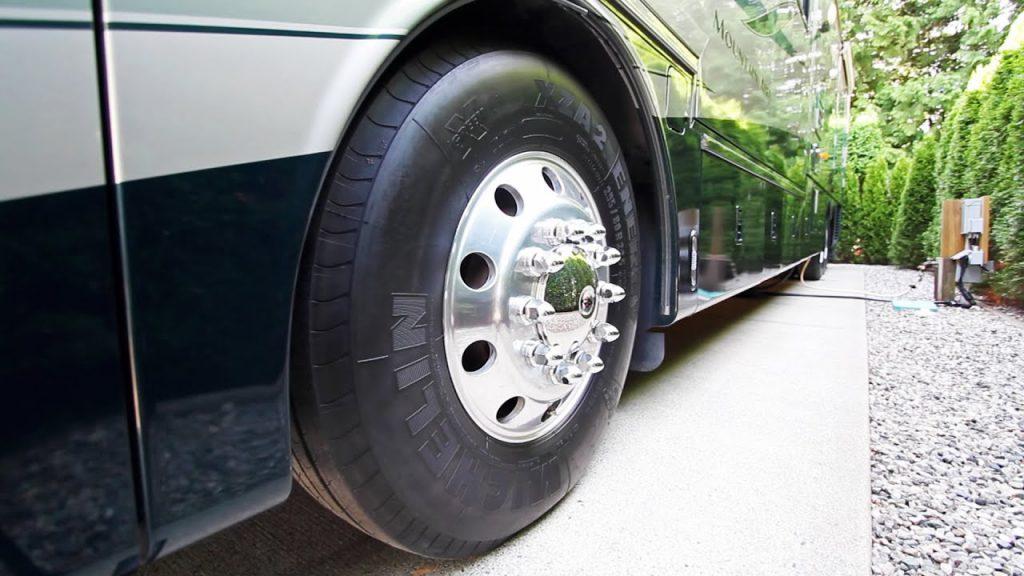
How can I find out the date of manufacture of tires?
You can find out the age of tires by a special DOT code. Tires manufactured after 2000 in the DOT code contain two pairs of numbers, where the first pair indicates the week number of the year, and the second pair indicates the year. Earlier tires before 2000 have 3 numbers in their composition, where the first two digits are the week number, and the last one is the year (see the transcript in the photo).
Determination of the average shelf life of a tire according to GOST and operating conditions.
- The symbol ZR denotes tires for high-speed cars. They are recommended to be used at speeds over 240 km/h. up to 6 years
- Tires with the H symbol are used at a maximum speed of 210 km/h. within 5 years.
- The sign S symbolizes the maximum permissible speed of 180 km/h. and operational period of 4-5 years.
Most tire manufacturers do not agree that tire life is limited to 5 years. Each company has its own opinion on this matter. We analyzed several of them and the information they posted on their official websites.
Each company has its own opinion on this matter. We analyzed several of them and the information they posted on their official websites.
Michelin
The French tire manufacturer Michelin has become famous for its active fight against the perception of the rapid aging of tires as a perishable product. Her information campaign "Tires Are Not Bananas" created a lot of noise in the automotive environment. According to the representative office, several test trials were carried out in Saudi Arabia, South Korea and Germany. As a result of testing, no difference was found between new tires and tires stored for 3 years. They were tested for various characteristics such as rolling resistance, high speed durability, etc. Tires with a year life were approximately equal in performance to 10-year unused tyres.
Michelin focuses the attention of car owners on the fact that tires are not a perishable product, their shelf life is not as important as the service life is important, starting from the date the tires are installed on the rims. It is from this moment that the tire is subjected to all tests: pressure, temperature changes, wear, contact with uneven and sharp coatings, etc.
It is from this moment that the tire is subjected to all tests: pressure, temperature changes, wear, contact with uneven and sharp coatings, etc.
Continental
On the Russian official website of Continental, we found the following information on the expiration dates of tires.
“When a tire is stored in the correct position and under the recommended conditions, it will not lose its original balanced performance for 5 years from the date of manufacture of the tire.
A properly maintained, unused tire less than 5 years old can be sold as a new tire and used normally.
Continental recommends replacing all tires (including spares) with a sidewall date greater than 10 years.
Nokian
The following information is posted on the Nokian official website:
“Tire life is not defined by law, but tires can only be considered “new” if they have been manufactured within the last five years. The recommended service life of tires is six years and the recommended maximum period is 10 years.
The opinion of our specialists, based on many years of experience, coincides with the opinion of manufacturers: the shelf life is 5 years + the service life is up to 10 years. Moreover, more "adult" tires, in our opinion, are of better quality.
To keep tires as long as possible, they are stored in compliance with all rules and recommendations. The main condition is a cool, ventilated, darkened room away from oils, paints, ozone, and heat sources.
Rubber products tend to lose their performance over the years. To prevent and slow down this process, manufacturers add polymers to the rubber compound.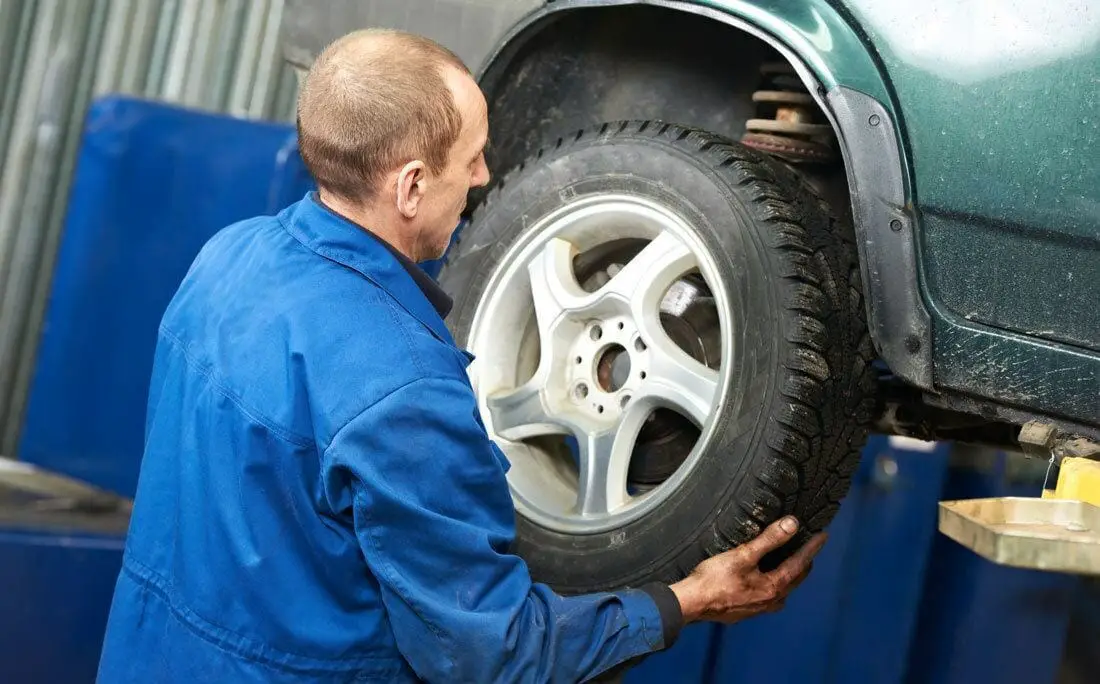 They prevent oxidative processes that occur due to the interaction of protectors with oxygen and ozone.
They prevent oxidative processes that occur due to the interaction of protectors with oxygen and ozone.
The following are the main conditions for the proper storage of tires in accordance with GOST 24779-81:
Maintaining a constant regime without sudden jumps, slight temperature fluctuations from -30°С to +35°С are allowed;
Provide a low humidity level of 50-80% in a dry, ventilated cool room;
Avoid direct sunlight, use darkened hangars, shield heat sources;
Keep away from sources of heat;
Tires should not come into contact with corrosive, copper materials.
Avoid kinking, loading or positioning on an uneven surface.
Avoid contact with oils, organic solvents, acids, alkalis, fuels and lubricants on the tire surface. It is forbidden to lay tires on a wet and dirty surface.
In the warm season, when storing tires outside, they should be covered with light-tight material and raised above ground level to ensure ventilation and prevent the occurrence of the greenhouse effect.
Storage on reflective, light and heat absorbing surfaces is prohibited.
Keep away from chemicals, oils, paints, open flames, electric motors that produce ozone.
Used tires must be washed and dried.
Tires without rims should be stored upright.
The service life depends on many factors: the load on the car, the quality of the roads, the driving style, the distance traveled, tire damage, etc. To increase their service life, follow these rules:
Check tire pressure every 2-3 weeks. With reduced pressure, tire wear increases by the equivalent of a % reduction. For example, a 15% reduction in pressure can result in a 15% reduction in service life. Inflated tires are less scary.
The wear of the front tires is always significantly higher than the rear ones, so it is recommended to swap them after some time, carefully watching the direction of the tread pattern and the direction of rotation.
Proper alignment of tires in relation to rims. If the direction is not the same, then performance is significantly reduced.
To prevent damage to the sidewalls of tires, avoid close proximity to curbs and high ledges.
Wash off dirt from the surface of the rubber and from deep grooves with special cleaning agents.
Adhere to an even driving style without harsh brakes and quick starts.
Do not overload the car beyond the norm. 20% excess weight leads to a 30% loss of tire life.
Keep the wheels balanced and check the alignment angles annually.
The main condition for a long tire life is:
- high quality products,
- careful operation,
- proper storage of tires in the off-season,
- timely diagnosis.
The age of tires in standard storage is a minor non-determining factor that should not be taken into account when buying them.
Previous article Next article
Year
Model
Engine
Select a serviceInstallation of pre-heatersSRS / Airbag serviceAutomatic and manual transmission repairsBody repairsCar computer diagnosticsElectrical systems repairWindows repair and replacementChassis repairExhaust system serviceEngine repairsTire studsSeasonal storage of tiresAutomatic oil changeTire fitting and balancingSteering repairHeadlight adjustmentOil changeWalking tiresRecycling batteryWheel repairWheel wheel alignment Wheel alignmentTire repairBrake system serviceABS/ESP safety system serviceLamp replacementAir conditioning system service
Select center Vianor
PrevNext
4.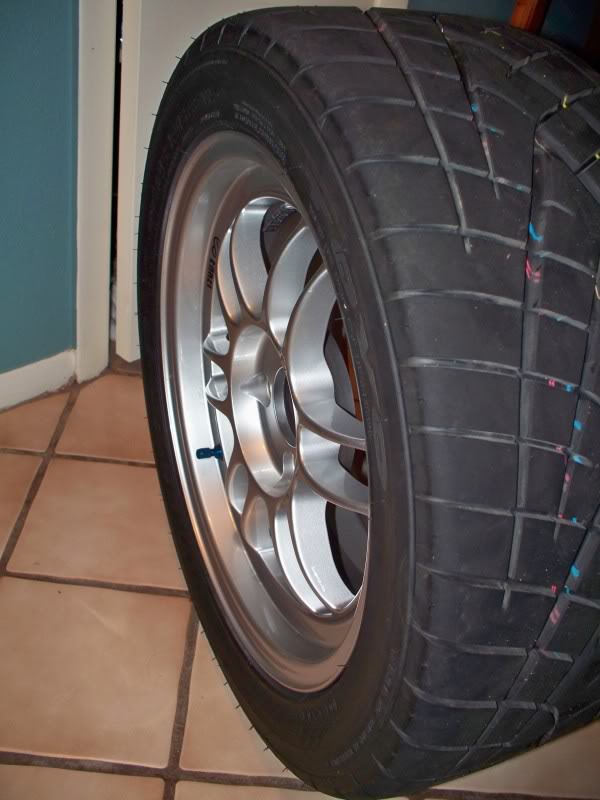 8
8
Nokian Tires Hakkapeliitta 9 195/65 R15 95T XL
Buy
4.8
Nokian Tires Hakkapeliitta 9 205/55 R16 94T XL
Buy
4.8
Nokian Tires Hakkapeliitta 9 185/65 R15 92T XL
Buy
4.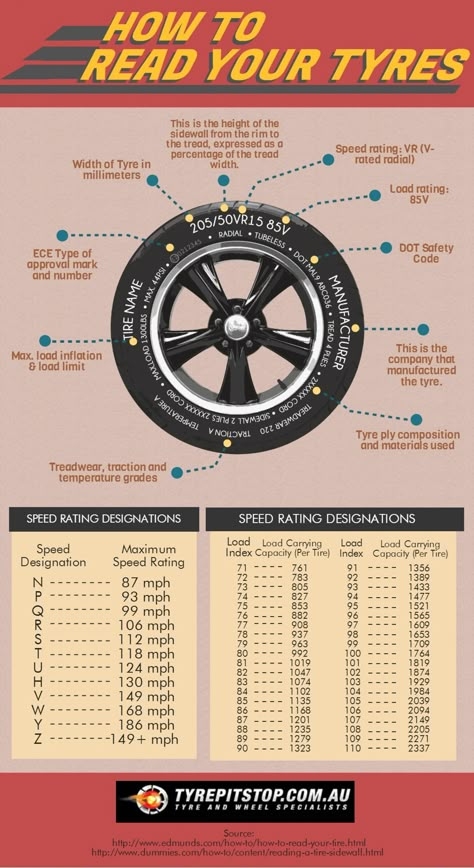 9
9
Nokian Tires Nordman 7 175/65 R14 86T XL
Buy
4.8
Nokian Tires Hakkapeliitta 9 SUV 225/60 R17 103T XL
Buy
5
Nokian Tires Nordman 8 205/60 R16 96T XL
Buy
5
Nokian Tires Hakkapeliitta 10p 195/65 R15 95T XL
Buy
5
Nokian Tires Hakkapeliitta 10p 205/55 R16 94T XL
Buy
5
Nokian Tires Hakkapeliitta 10p 185/65 R15 92T XL
Buy
5
Nokian Tires Nordman 8 195/65 R15 95T XL
Buy
Nikolay - 02. 10.2022
10.2022
Coriant snowcross 2
3 winters, all spikes in place 5
Vladislav - 29.09.2022
2 winters
Skated 2 winters on Subaru forester 240hp every day vzharival as snow and ice and winter asphalt. During this time, drove about 20t.k. and only 1 spike flew out and then it was tucked into something, as you can see the trace of the landowner on 1 checker of the tread. Derzhak is confident and predictable
Thanks to the vianor.ru website, buying tires in the online store has become easy and convenient! The largest network of tire centers in the Nordic countries, Russia and the Baltic States offers a wide selection and favorable prices of tires of various sizes for the winter and summer seasons. Evaluate all the advantages of vianor.ru today: on the site you can find a detailed description of each tire, read customer reviews and place an order with the opportunity to pick up the tires on a convenient day for you.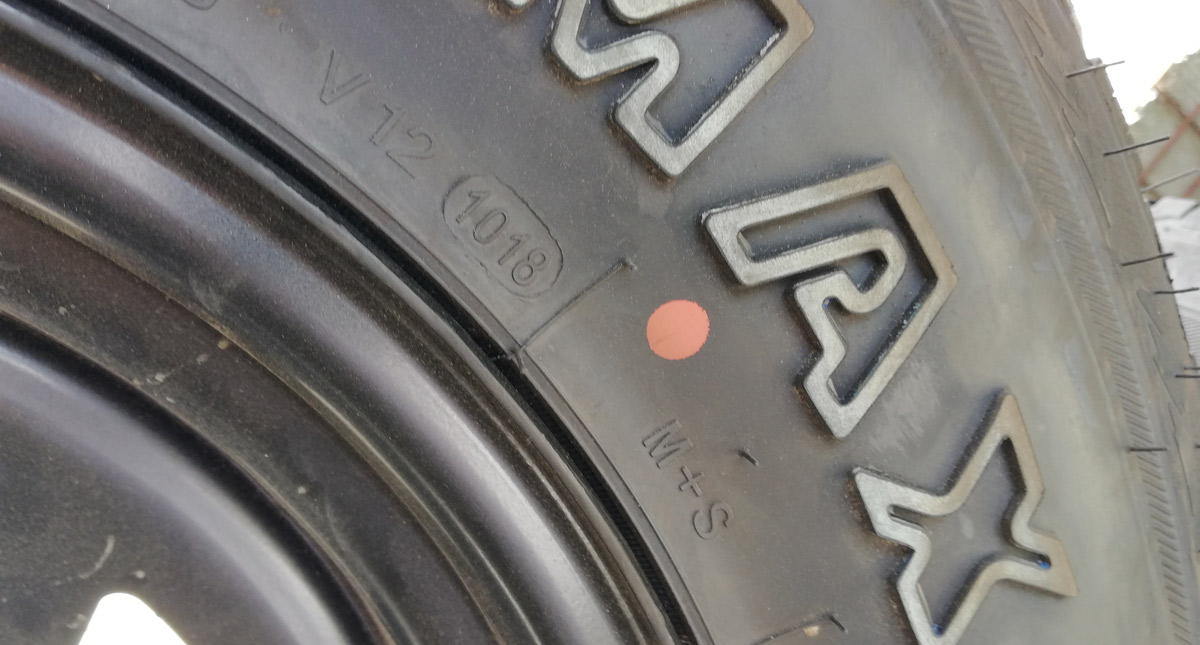
What are the advantages of VIANOR?
VIANOR is a network of premium tire centers founded in the early 1990s by Nokian Tires and specializing in tire sales and car maintenance. Throughout its development, the wide range of tires, the high level of comfort for customers and excellent service have remained unchanged advantages of the network. Each VIANOR tire center meets the requirements of the premium class and guarantees the high quality of service work using only high-quality materials.
What factors should be considered when choosing tires?
The main factors that you should focus on when choosing car tires are the climatic features of your region and the features of the road surface on which the car will be operated. When comparing manufacturers' offers, it is also important to take into account not only the price of the models, but also the additional benefits from the purchase.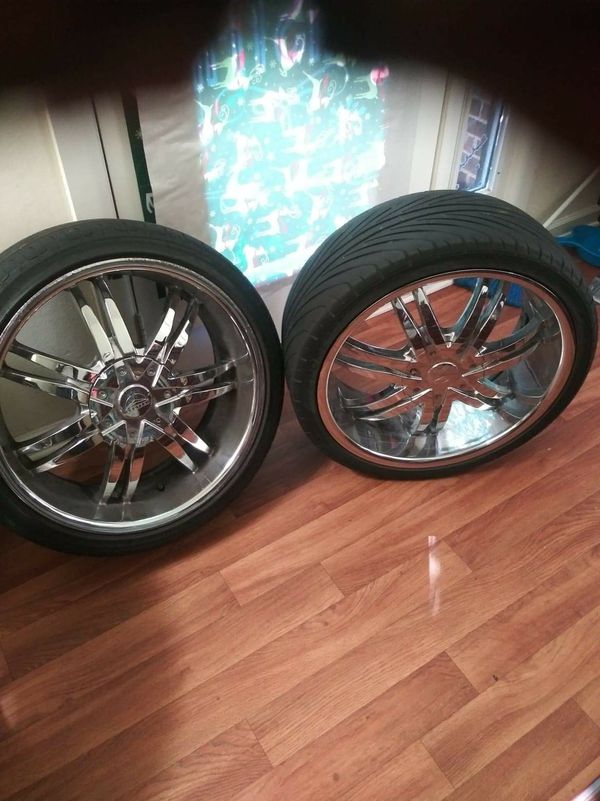 Some manufacturers offer additional promotions - free tire fitting or a guarantee against accidental damage. Regardless of your needs and budget, you can always buy the right tires at vianor.ru.
Some manufacturers offer additional promotions - free tire fitting or a guarantee against accidental damage. Regardless of your needs and budget, you can always buy the right tires at vianor.ru.
How to choose tires by size?
The tire size consists of the tire section width, sidewall height and rim diameter. For example, in size 205/55, R16:205 is the tire profile width in millimeters, 55 is the sidewall height as a percentage of the profile width (in this case, 55% of 205), R is an indication of the radial design, and 16 is the landing (internal ) tire diameter. The complete tire size also contains information about the maximum permissible load and the maximum speed of movement (load and speed indices). Selection of tires by size is available on the vianor.ru main page and in the tires section.
How to choose tires for a car?
Vehicle sizing is a convenient alternative to sizing and is especially useful in situations where you don't know the exact dimensions of the tires you need.